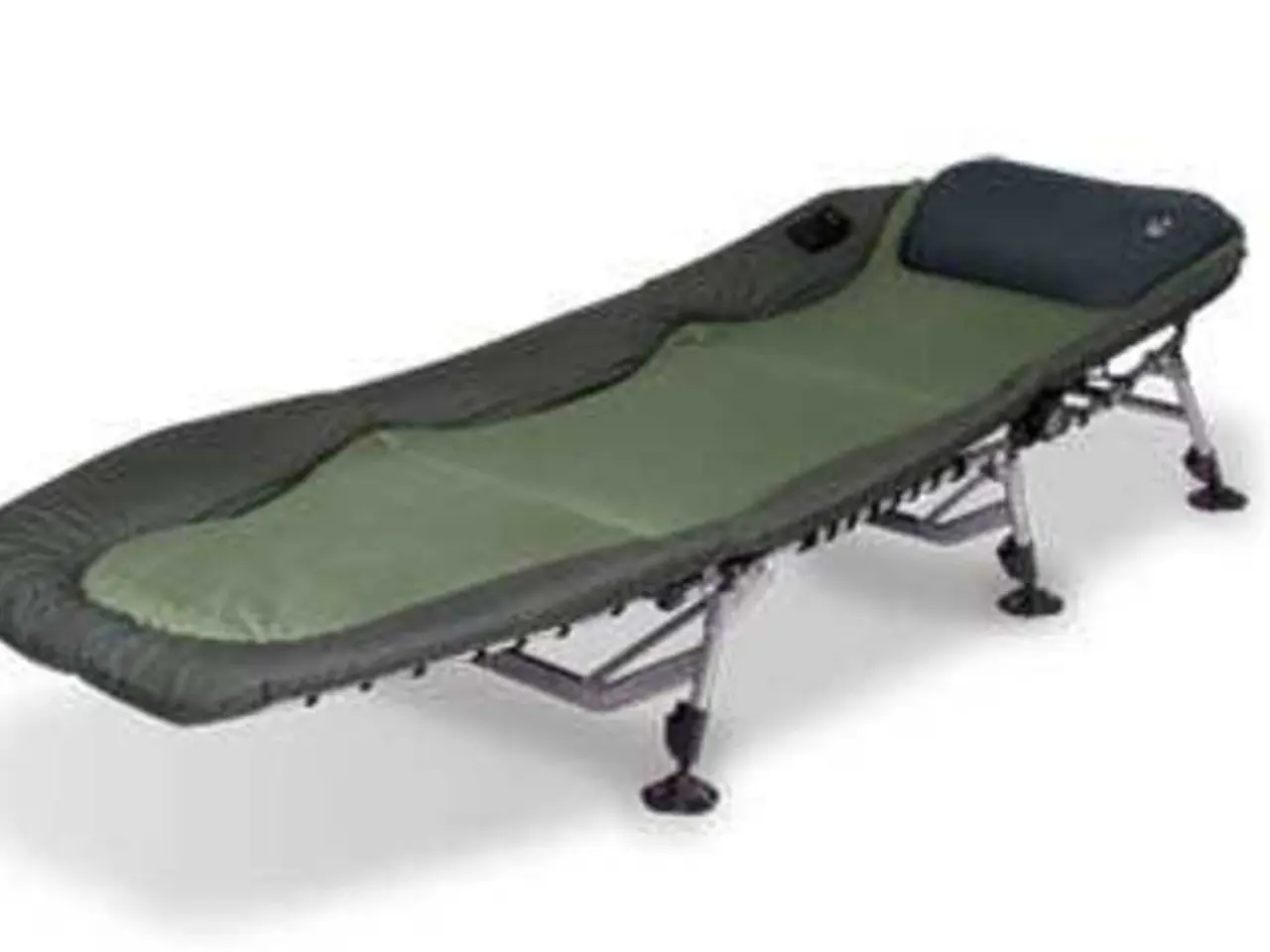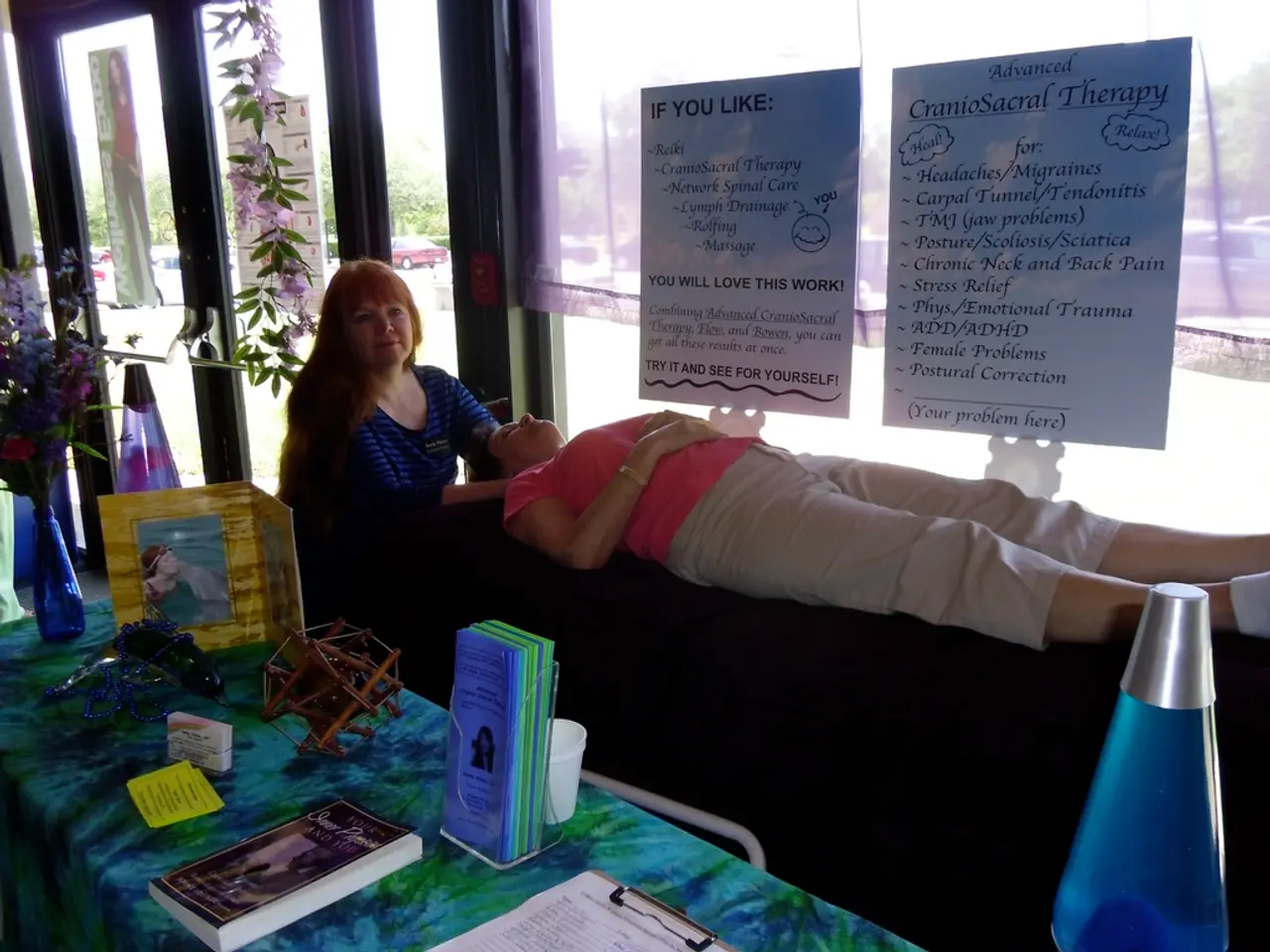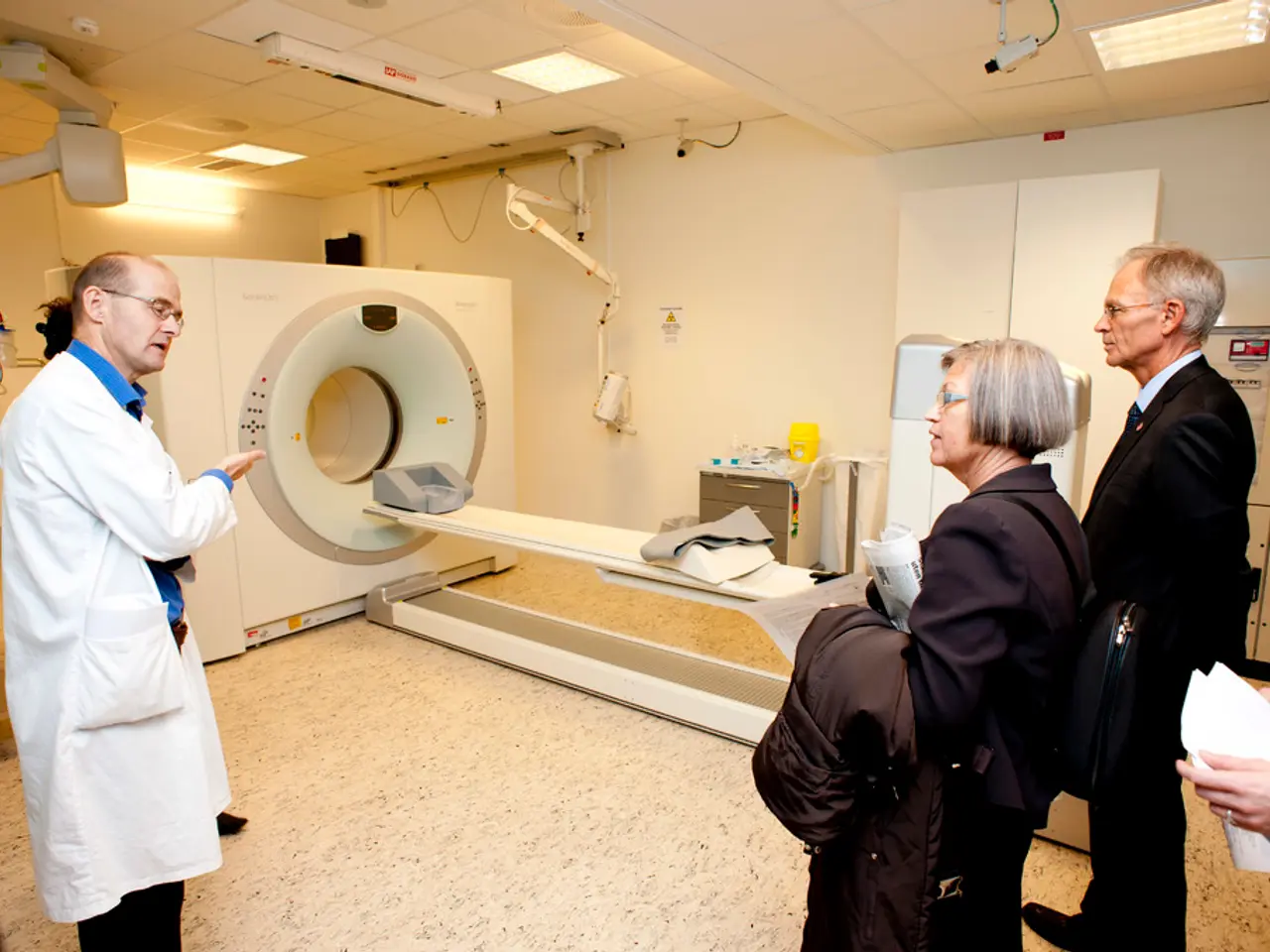Enhancement program for stroke survivors: Regaining balance, increasing strength, and promoting overall recovery.
Stroke recovery is a complex process that involves a combination of medical treatment and physical rehabilitation. Exercise plays a crucial role in this process, helping individuals regain mobility and improve cognitive function.
Legs and Balance
Exercises such as gait training, knee extensions, seated marching, single leg stands, heel stands, and backwards walking help improve leg strength and balance, reducing the risk of falls and supporting mobility. Balance exercises, like single leg stands and weight shifts, also aid in improving postural control and stability.
Core Strength
Balance exercises that engage the core, such as yoga, Pilates, tai chi, and targeted balance tasks, help improve postural control and stability after a stroke. These exercises are effective in promoting good balance, reducing the risk of falls and injury, and making everyday activities easier.
Shoulders, Arms, Wrists, Hands, and Fingers
Resistance training with light weights or resistance bands can rebuild strength and endurance in the shoulders, arms, wrists, hands, and fingers. Mental practices such as action observation (AO) and motor imagery (MI) are also recommended, especially for upper limb recovery. AO involves watching someone else perform movements to stimulate motor circuits, aiding upper limb motor learning.
Stretching and Range of Motion
Yoga, Pilates, dance, and tai chi help with tight muscles and stiffness while promoting flexibility across the entire body, including arms and legs. These exercises are beneficial for alleviating joint stiffness, muscle shortening, and spasticity after a stroke.
High-Intensity Interval Training (HIIT)
When cleared by a doctor, HIIT can improve brain rewiring, muscle strength, and balance, potentially enhancing recovery outcomes. However, it may not be suitable for everyone post-stroke.
Specific Upper Limb Practice
Combining mental practice (AO + MI) with physical therapy is effective for improving arm and hand movement, especially early in recovery.
Examples of Exercises
- Sitting trunk rotations: This exercise involves sitting in a chair, interlacing the fingers, moving the hands toward the left foot, and repeating the exercise 8-10 times on each side.
- Supported and unsupported reaching and grasping: This exercise involves sitting with the affected arm lying flat on a hard surface, such as a table, reaching the affected arm straight outward, extending the fingers as much as comfortable, grasping the fingers together, making a fist, and then drawing the affected arm back toward the body in a straight line.
- Shoulder horizontal range of motion: This exercise involves lying flat on the back on a hard, flat surface, placing the affected arm on the ground beside the body with the elbow bent so the forearm stands up, reaching the unaffected arm across the body to meet the affected arm and interlocking the fingers of both hands, and pulling the affected arm across the body toward the side of the unaffected arm as far as comfortable.
- Resisted supine diagonal shoulder flexion: This exercise involves getting a resistance band, lying down with both hands resting near the hip on the unaffected side of the body, holding an end of the resistance band with each hand, and slowly raising the affected arm up and across the body, aiming for the ground above the head.
- Side lying hip flexion: This exercise involves lying on the unaffected side of the body, raising and bending the affected leg inward, and repeating the exercise 15-20 times or until the leg muscles become fatigued.
- Crumpling a piece of paper: This exercise involves sitting with the arms supported on a hard surface, such as a table, and putting a piece of paper down on the table, picking up the piece of paper with both hands and beginning to crumple it using both hands equally, ensuring that the shoulder does not bend or lean forward and instead stays straight and back, slowly uncrumpling the paper making sure the shoulder blades are down and back, and repeating this exercise 10-15 times or until the hands become too fatigued.
- Dynamic weight shifts: This exercise involves sitting upright in a chair or on an unsteady surface, shifting the chest and upper body to one side, and repeating the exercise 10-20 times.
- Scapular protraction: This exercise involves laying flat on the back on a hard, flat surface, slowly lifting and straightening the affected arm until it is perpendicular to the body, making a fist with your hands and punching upward, lifting the shoulder blade off the ground slightly, and repeating the exercise until the arm or shoulder muscles become fatigued.
- Standing hip abduction with support: This exercise involves standing facing a countertop or hard, flat surface, moving the leg out to the side, and repeating the exercise.
- Mini squats with support: This exercise involves standing facing the back of a chair, bending the knees, and repeating the exercise 15-20 times.
- Calf stretch: This exercise involves standing next to a stable chair or wall, bending the body to create a triangle, stepping one leg back, and holding the stretch for 1 minute.
Preventing Another Stroke
To prevent having another stroke, it's essential to quit smoking or not start, maintain a moderate body weight, lower or control cholesterol levels, lower or control high blood pressure, treat or manage diabetes and high blood sugar, eat a healthy, balanced diet, stay well hydrated, get enough rest, ideally 7-9 hours per day, manage or reduce stress, and get tested for heart disease or treat heart disease.
[1] American Stroke Association. (2020). Stroke Rehabilitation. Retrieved from https://www.stroke.org/en/about-stroke/treatment/rehabilitation
[2] National Stroke Association. (2020). Stroke Recovery. Retrieved from https://www.stroke.org/en/lifeafterstroke/recovery
[3] Mayo Clinic. (2020). High-Intensity Interval Training (HIIT). Retrieved from https://www.mayoclinic.org/healthy-lifestyle/fitness/in-depth/high-intensity-interval-training/art-20048389
[4] National Institute on Disability, Independent Living, and Rehabilitation Research. (2019). Stroke Rehabilitation Research. Retrieved from https://www.nidilrr.gov/research/stroke-rehabilitation-research
[5] American Physical Therapy Association. (2020). Stroke Rehabilitation. Retrieved from https://www.apta.org/Practice/Specializations/Neurology/Patients/StrokeRehabilitation/
- Stroke survivors can benefit from various exercises to improve their health and wellness, including leg exercises like gait training and knee extensions to enhance leg strength and balance.
- Balance exercises, such as single leg stands and weight shifts, are essential for stroke survivors to improve postural control and stability, reducing the risk of falls.
- Core strength exercises like yoga, Pilates, and tai chi are recommended for stroke survivors to aid in recovering good balance, reducing the risk of falls, and promoting everyday activities.
- Resistance training with light weights or resistance bands can help in rebuilding strength and endurance in the shoulders, arms, wrists, hands, and fingers, improving overall fitness and exercise abilities.
- Mental practices, such as action observation (AO) and motor imagery (MI), are effective for stroke survivors, specifically targeting upper limb recovery, as AO helps stimulate motor circuits for upper limb motor learning.
- Stroke survivors can also benefit from stretching and range of motion exercises like yoga, Pilates, dance, and tai chi, which promote flexibility across the arms and legs, alleviating joint stiffness, muscle shortening, and spasticity.
- High-Intensity Interval Training (HIIT) can improve brain rewiring, muscle strength, and balance, potentially enhancing recovery outcomes when cleared by a doctor.
- To maintain cardiovascular health and prevent another stroke, it's essential for stroke survivors to quit smoking, maintain a moderate body weight, manage cholesterol levels, control high blood pressure, and manage or treat chronic diseases like diabetes and high blood sugar, among other healthy lifestyle habits.




